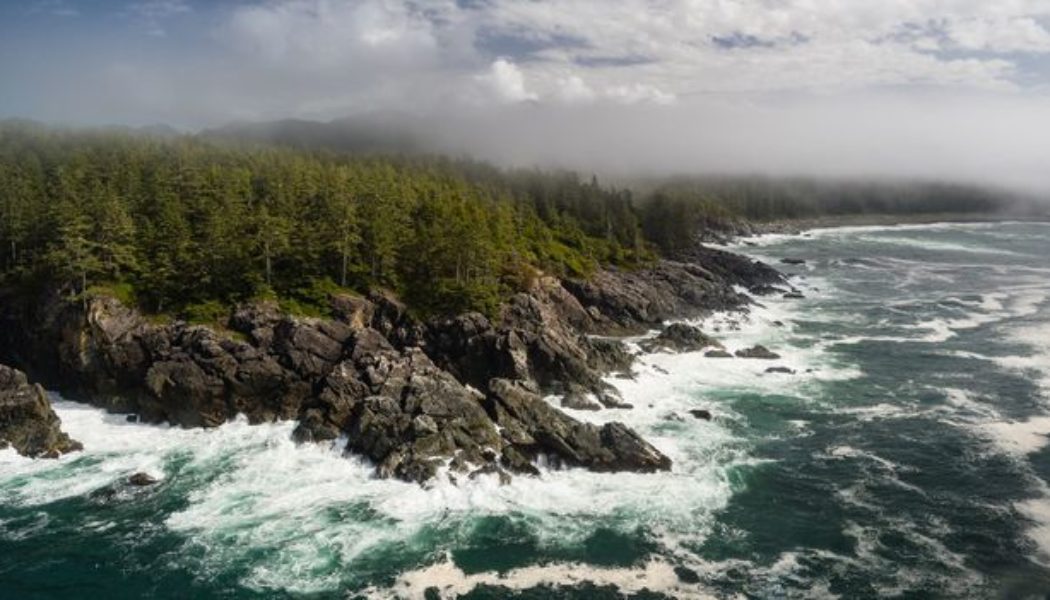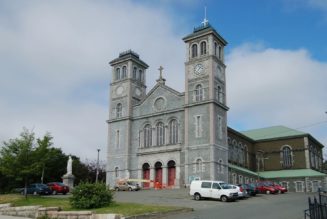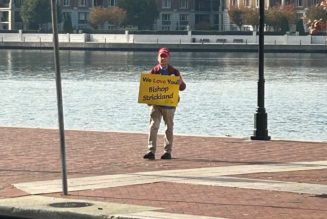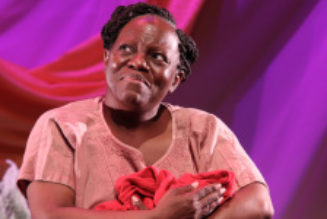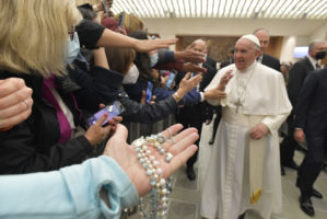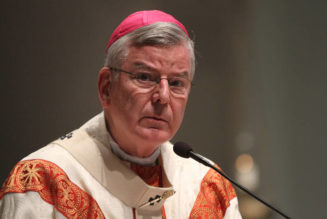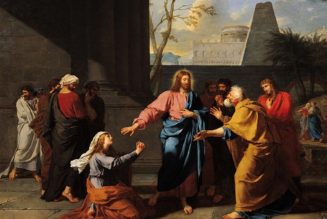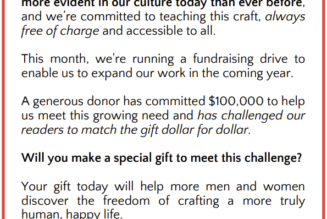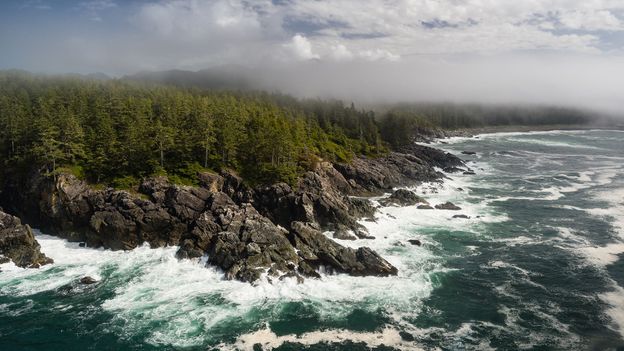
According to Parks Canada, hikers often comment that meeting and connecting with First Nations Guardians were the most profound and memorable portions of their trips. But with just six Guardians present along the 75km trail at any time, the opportunities for engagement aren’t guaranteed. And the demanding backcountry experience can leave trail users, especially first-timers, with tunnel vision.
Although the Parks Canada West Coast Trail Map includes information about First Nations and Indigenous place names, “most hikers ask the Guardians they encounter about trail logistics, like how far until the campsite. They are not necessarily focused on learning about Indigenous culture and history,” shared Leslie Cook Jr, a second-generation Guardian beginning his 17th season on the trail.
Following in his father’s footsteps, Leslie Jr works in the Ditidhat Traditional Territory between kilometres 25 and 50, supporting and maintaining access on the trail. As a Guardian Supervisor and long-time resident, Leslie Jr’s knowledge is vast – and he’s keen to share Indigenous history and culture.
He can often be found at his Guardian cabin near kilometre 30, where he resides when he is on shift. Here he likes to “walk and talk” with trail users around a half-finished cedar canoe. “It came from the Cheewaht River, where the big cedar trees were perfect for carving canoes, and floated down to the coast in a big storm more than 20 years ago” he explained. “A near-shore canoe, it would have been 8ft long finished, perfect for day fishing near the kelp beds.”
Leslie Jr may also pass around a laminated photo of long-ago warrior’s barracks – “500-strong, plus the warrior’s families”. The barracks used to stand near Leslie Jr’s Guardian cabin, and it was from this place that the Ditidaht defended the coastline.
